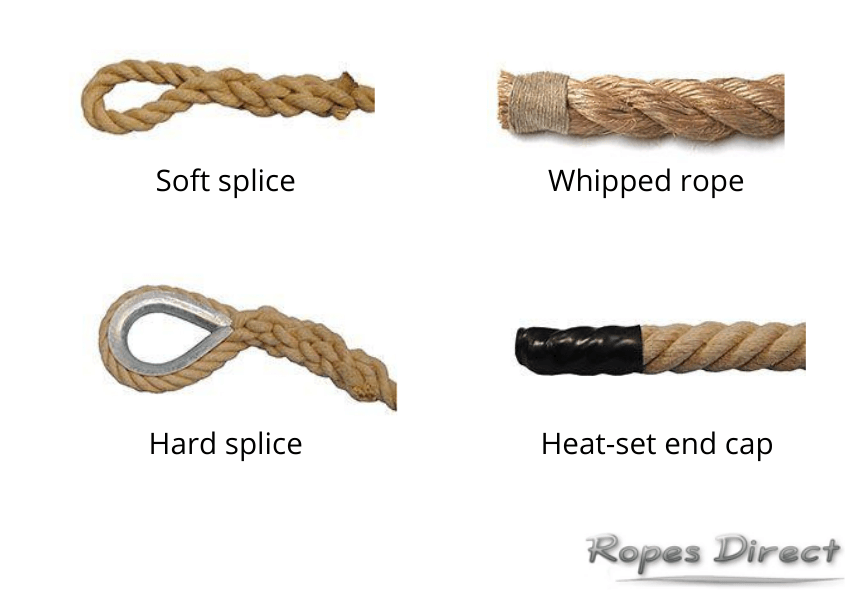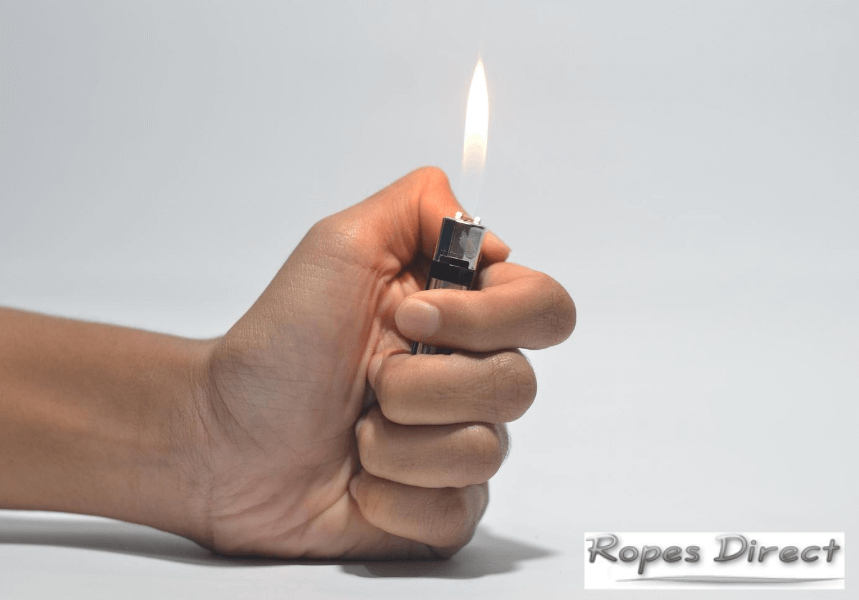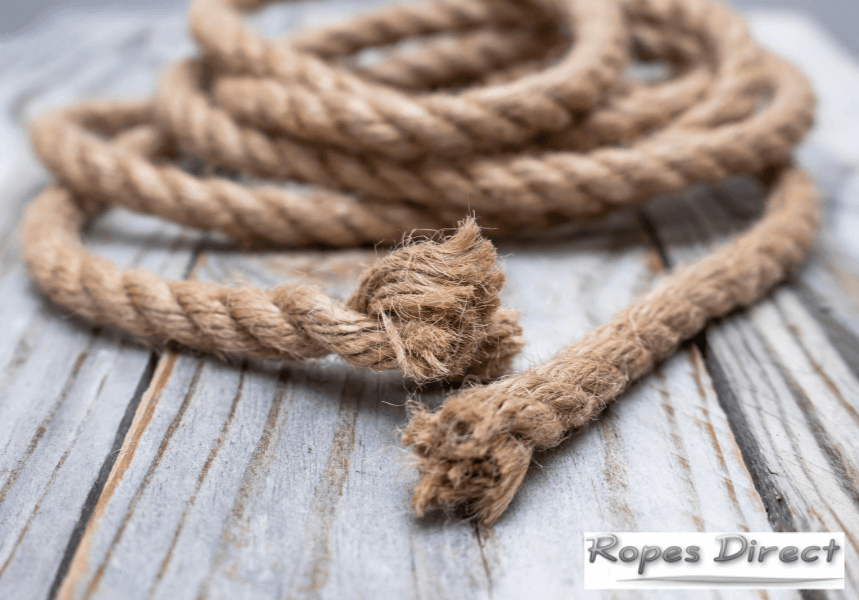Tired of your rope ends unravelling?
There’s nothing more frustrating – particularly if you’ve invested in a strong, high-quality product. But there are ways to prevent it. From buying ropes that are already ‘fray-proof’ to attempting a DIY method, here we take a look a some of the easiest ways to stop your rope from falling apart.
How to stop rope from fraying
- Rope splicing
Splicing is an effective technique, that terminates the rope – without using a knot – and prevents the fibres from fraying. Essentially, the rope is looped back on itself and interwoven to create either a soft eyelet (i.e. soft splice) or a hard eyelet (i.e. hard splice), with a galvanised metal thimble.
Here at Ropes Direct, both synthetic and natural fibre ropes can be pre-spliced as part of your order. Simply add the rope end finish to your basket when you checkout. This is (by far) the quickest and easiest option. But if you prefer, you can also find lots of ‘how-to’ guides and tutorials online, that demonstrate step-by-step how to splice the rope yourself and seal your rope ends in this way.
- Whipping
Rope whipping is a traditional method, in which flax twine is wrapped tightly around the rope end. Not only does this stop the rope from fraying, it also creates a tidy and professional finish. It can be used to seal both natural and synthetic ropes. But for synthetic ropes, other methods (e.g. cauterisation) are often easier. Therefore, whipping is mainly used for natural fibre products.
Once again, all of our ropes – here at Ropes Direct – can be bought pre-whipped. Just add the finish to your order when checking out. However, it’s also possible to do it yourself with the help of YouTube.
- End caps
End caps are a stronger and more durable alternative to whipping. And, as a result, they’re typically chosen for heavy-duty applications. To successfully bind the fibres together – and stop them from unravelling – a smooth yet rigid plastic cap is simply heat sealed onto the end of the rope.
Again, this technique is primarily used for natural fibre products. Ropes can either be bought pre-sealed, with the end cap already fitted. Or you can buy the cap ‘loose’ and fit it yourself.

- Heat sealing
This is the easiest DIY method to stop ropes from fraying. But, it’s important to note, it will only work with synthetic fibres – as natural fibres will simply burn when exposed to a hot flame.
To successfully heat seal a rope, our advice is to use a blow torch. This will heat the fibres evenly and ensure a cleaner fusion at the rope end. However, you can also use a candle or cigarette lighter. Lift the rope in your non-dominant hand (approximately 12 inches away from the rope end) and hold it 5-6 inches above the flame. Then, lower it down until it starts to melt and the fibres are sealed.
- Hot knife
Last but not least, a hot knife can also be used to seal rope ends and stop them from falling apart.
Simply place the rope on a thick piece of glass or heat-resistant tile, plug in the knife, and push the blade gently against the fibres – approximately one inch above the rope end. By slowly moving the blade back and forth, it will melt through the fibres and heat seal them at the same time.
Again, this method can only be used for synthetic ropes, as the intense heat will burn natural fibres.

Which is the right option for you?
All of the techniques outlined above will successfully stop your rope from fraying. But the best option for you will depend on the type of rope you need to modify (i.e. synthetic or natural), its intended application, and whether you’d prefer to buy a pre-prepared rope or do-it-yourself.

